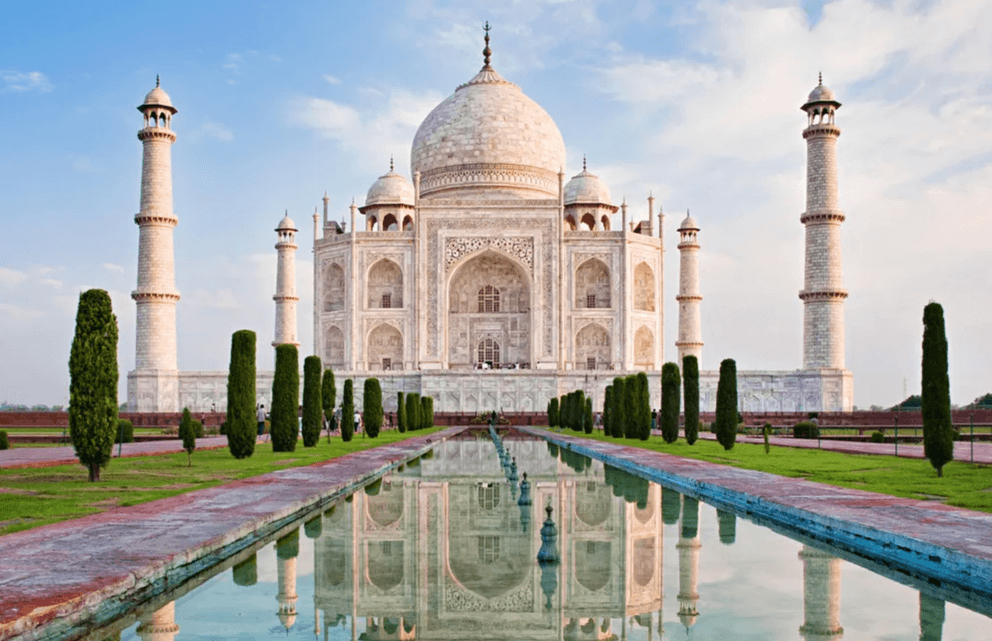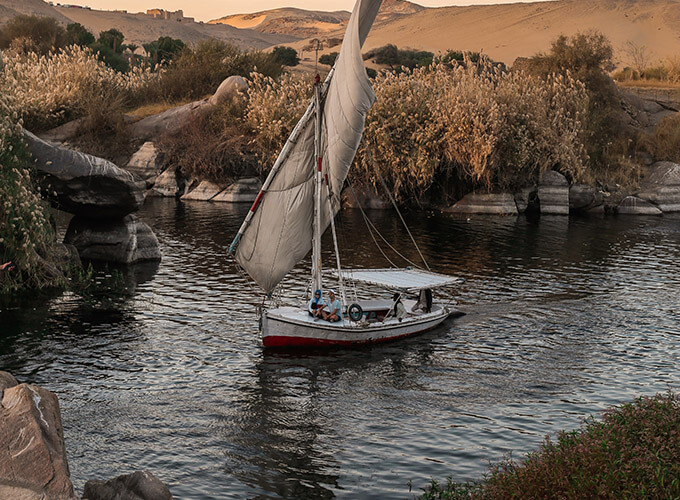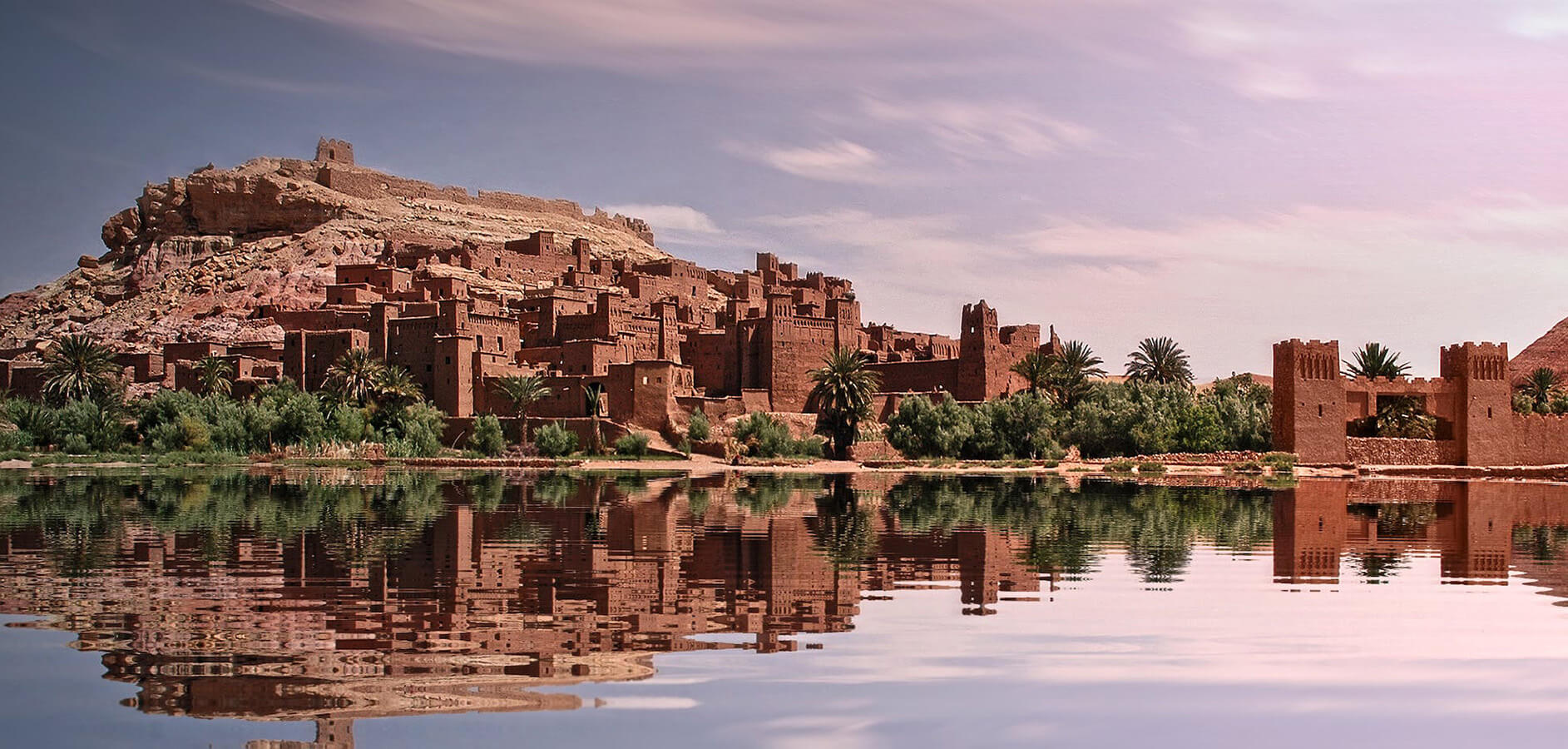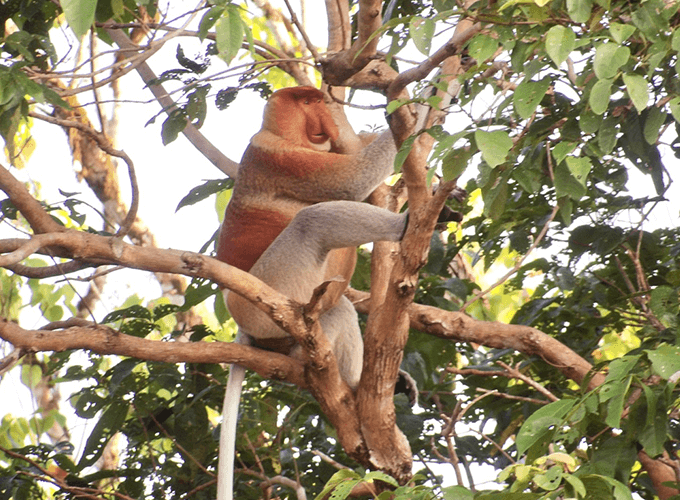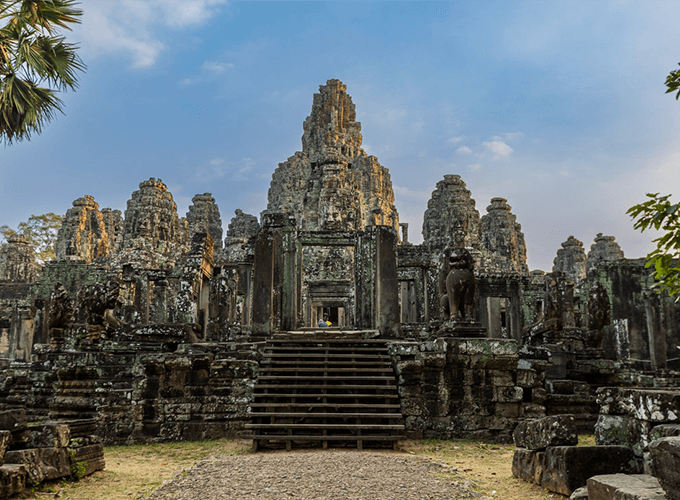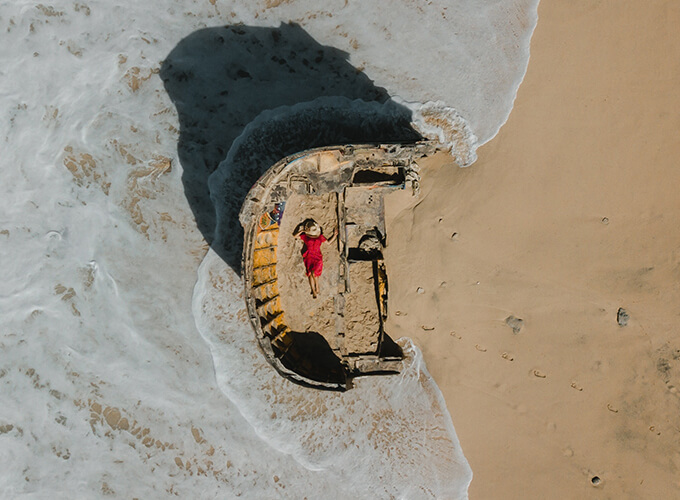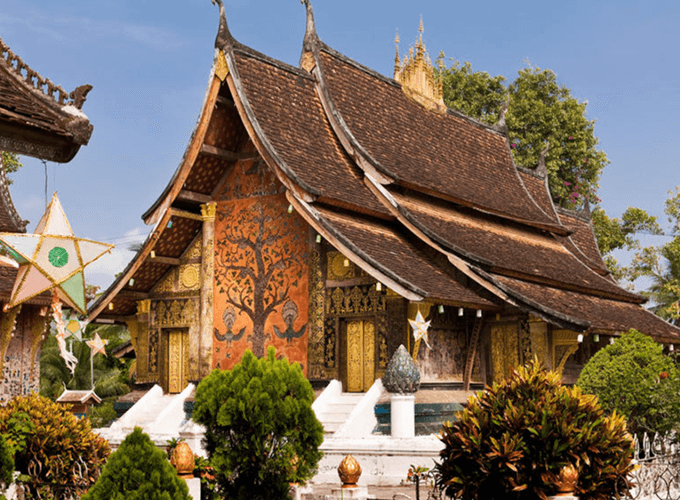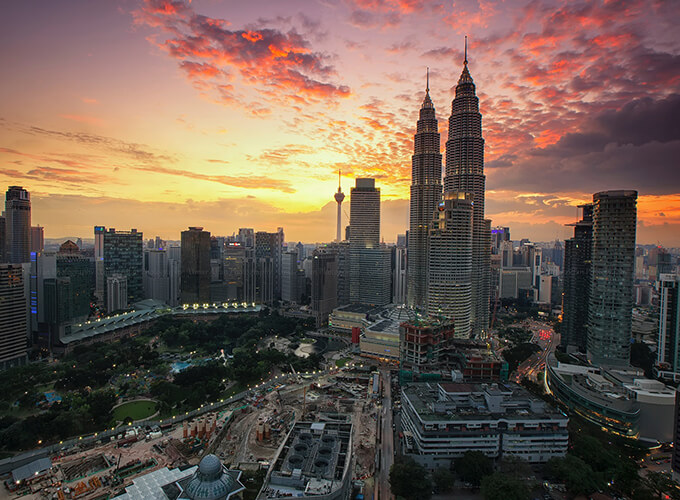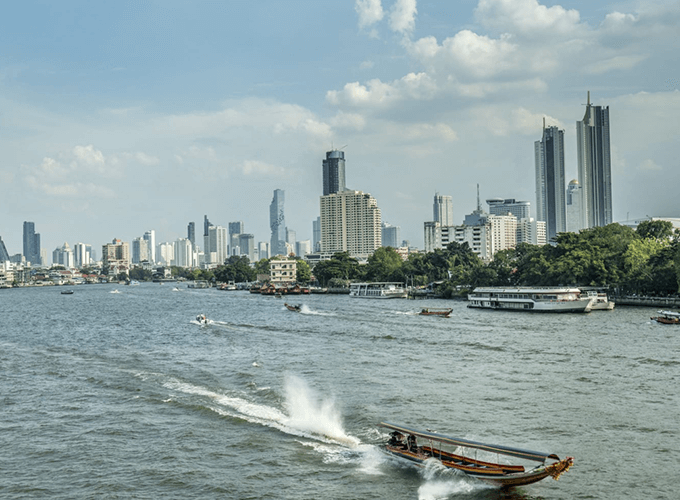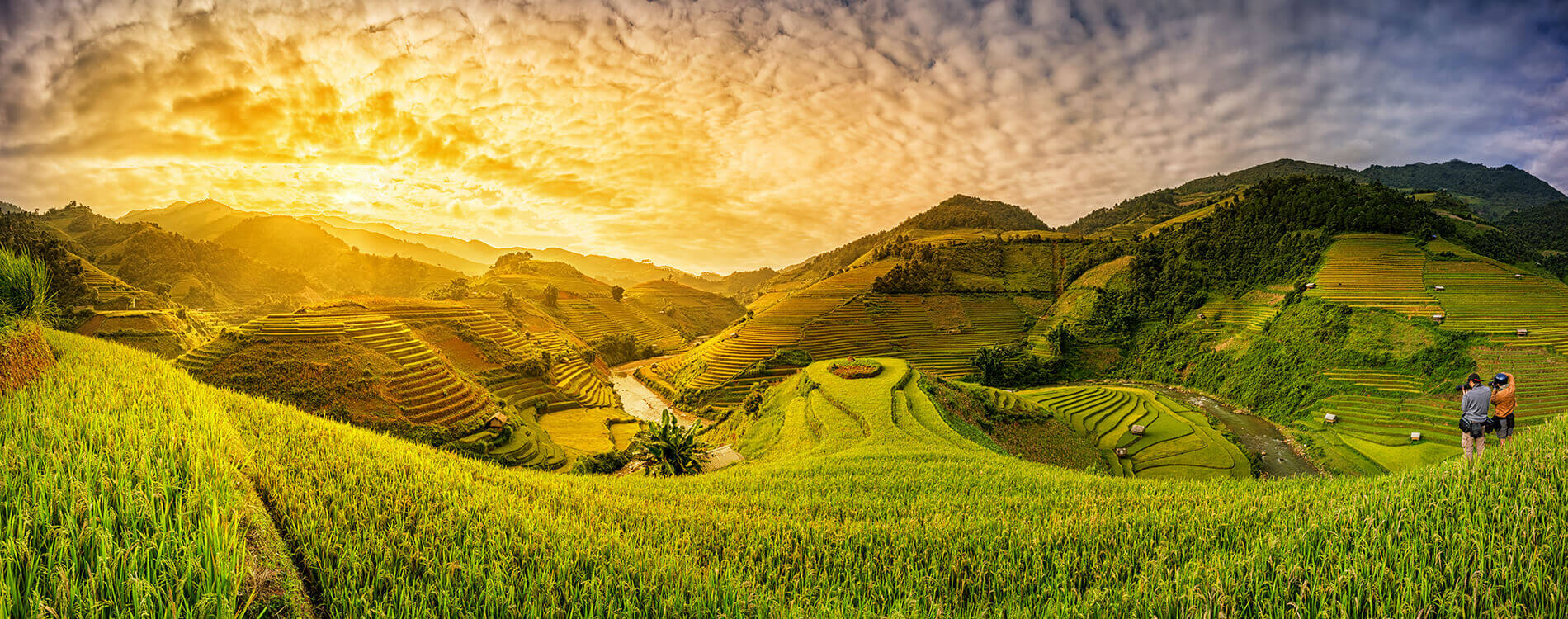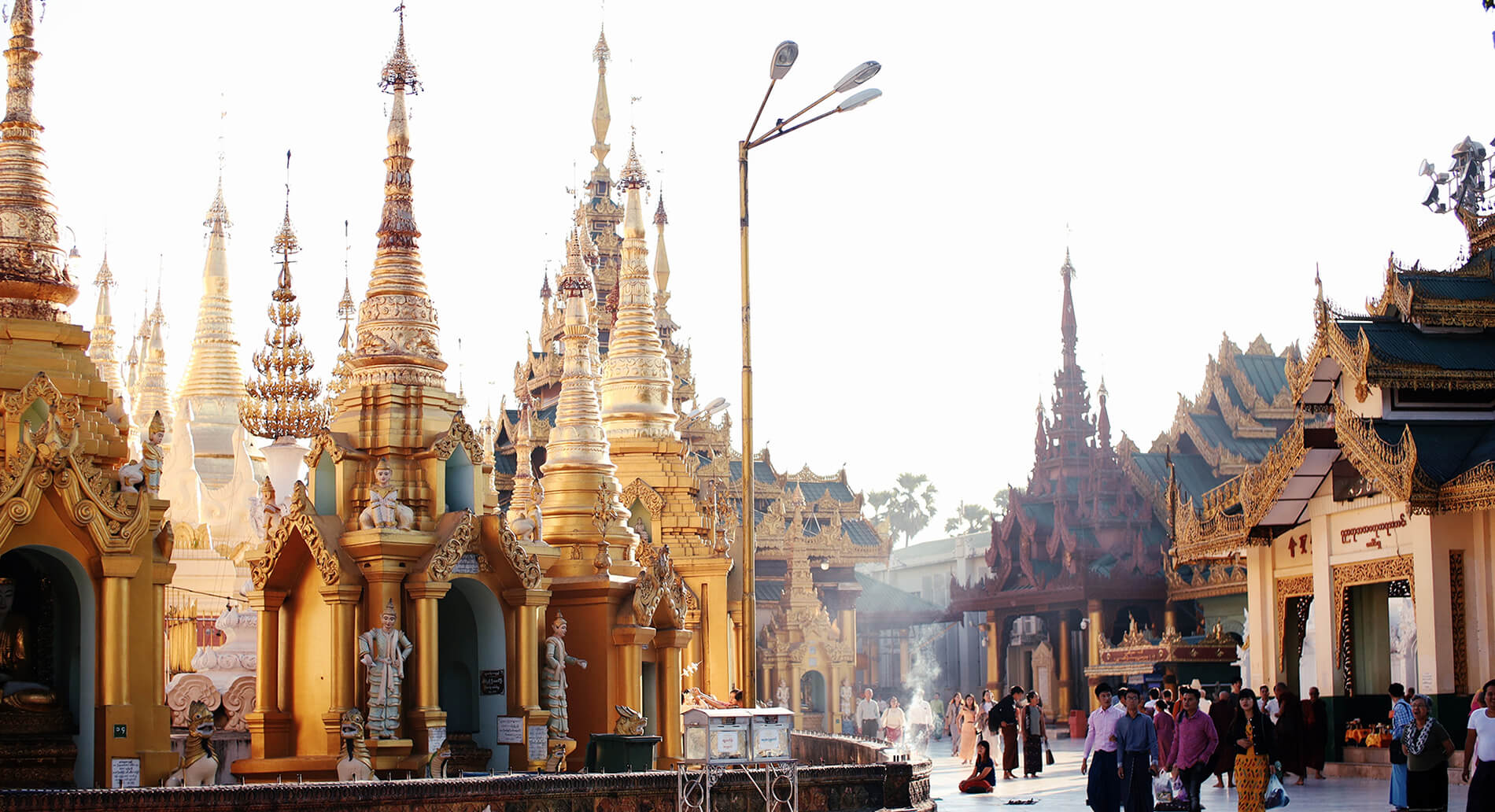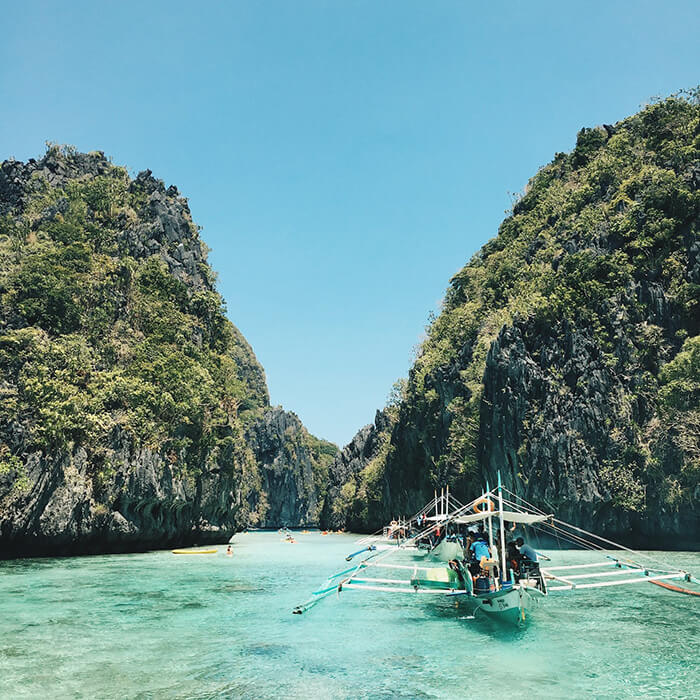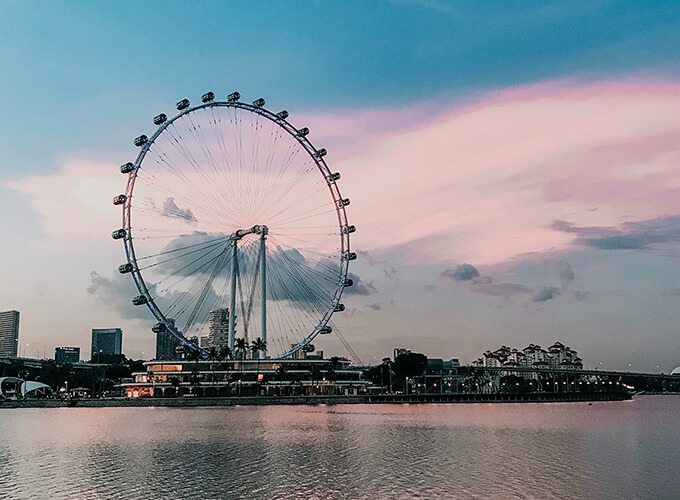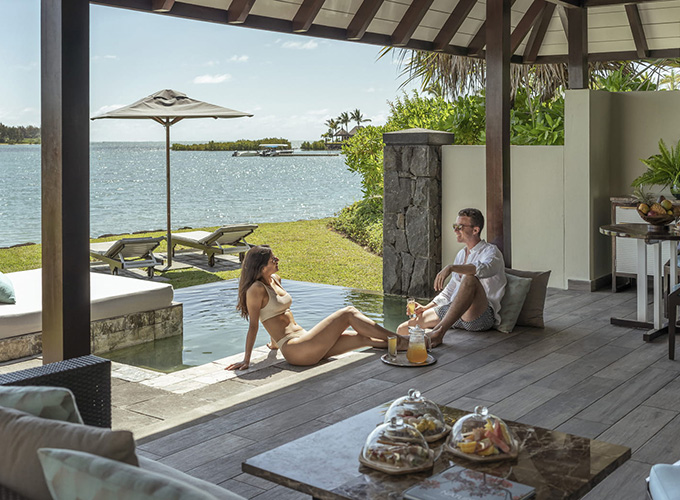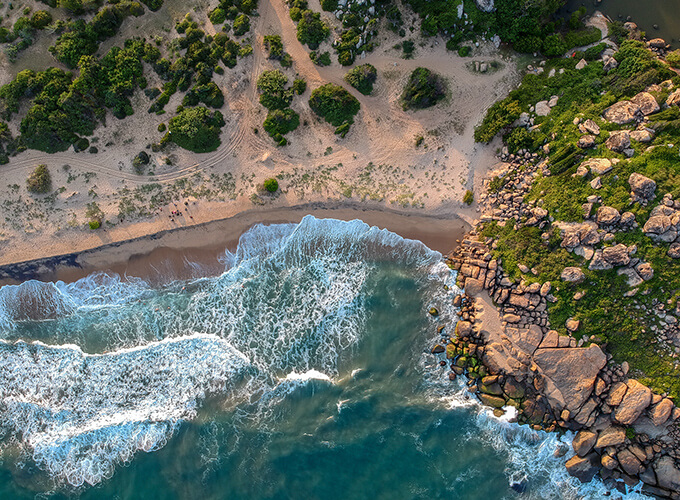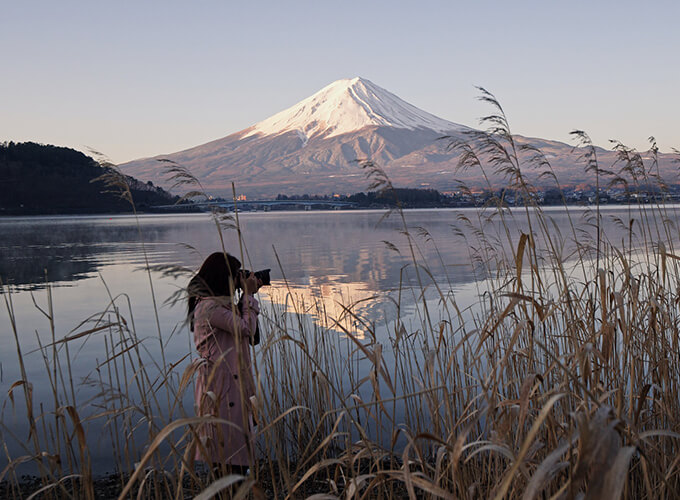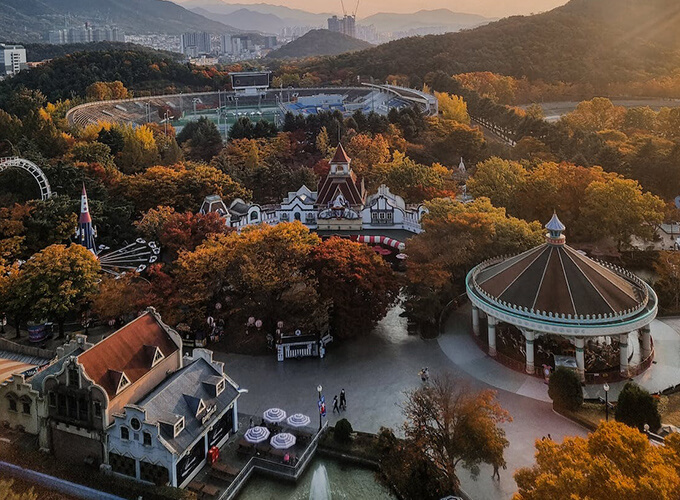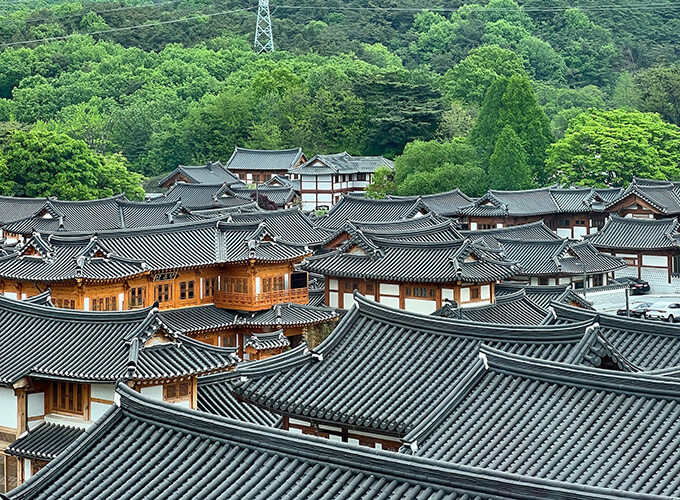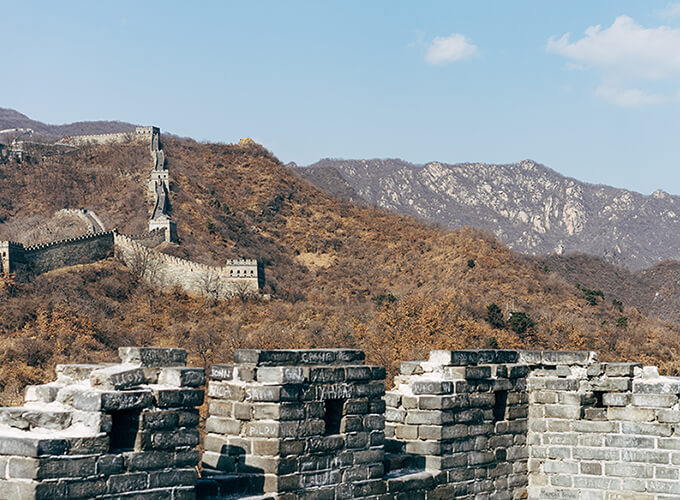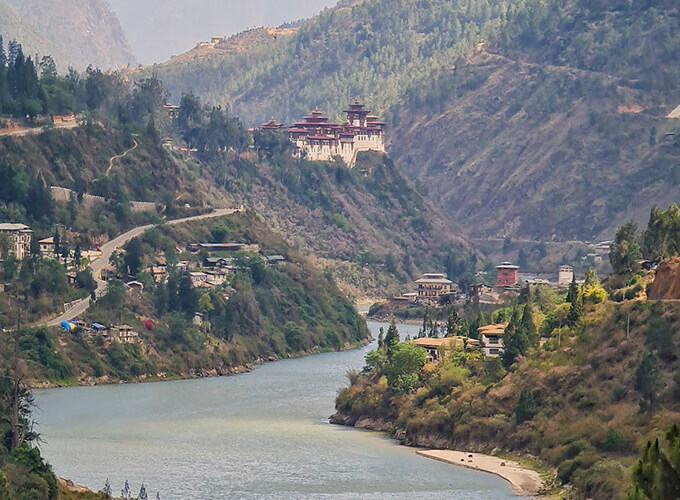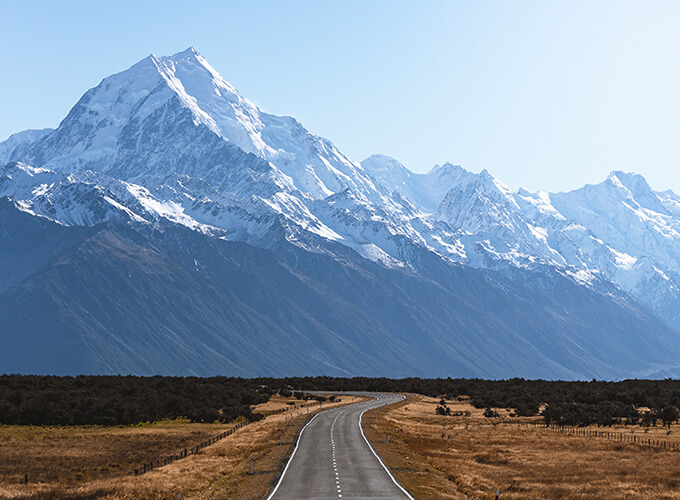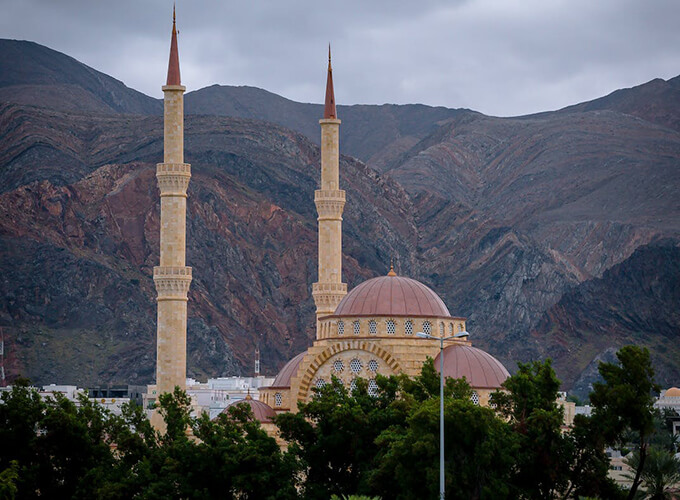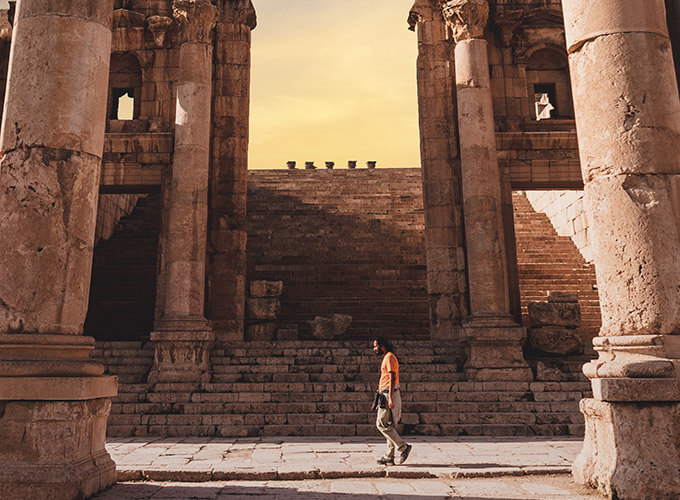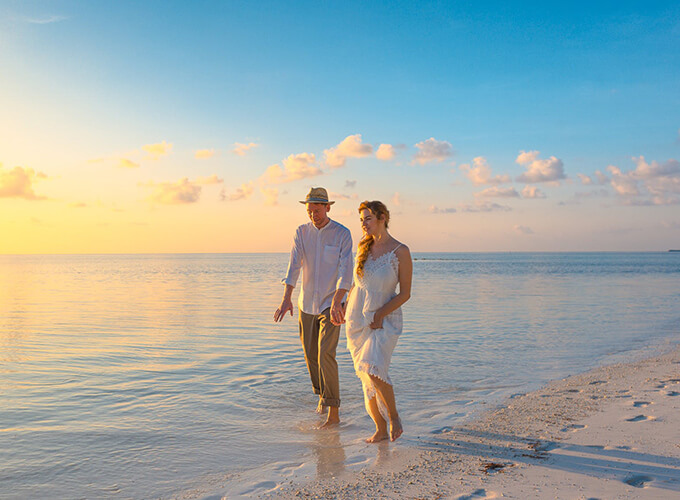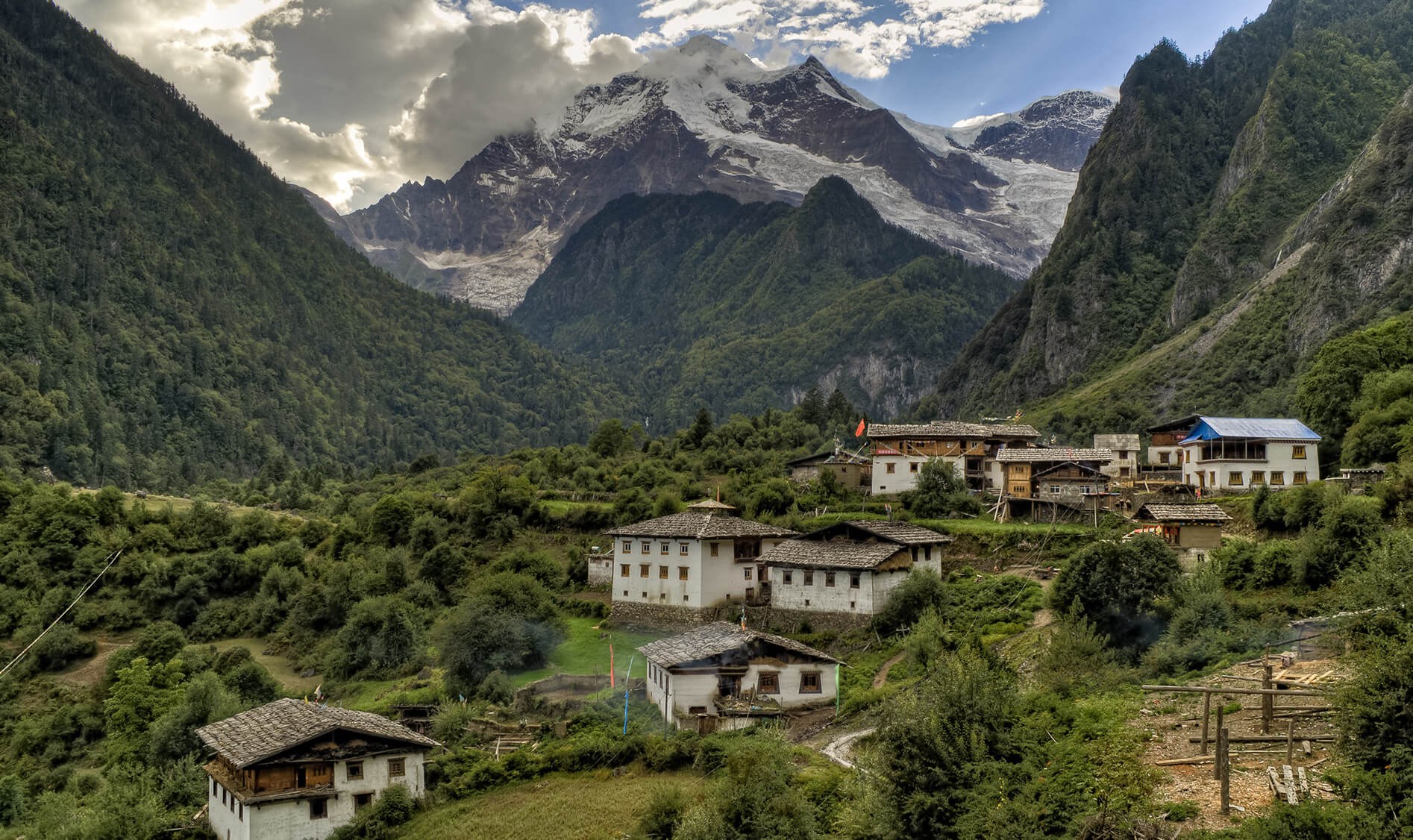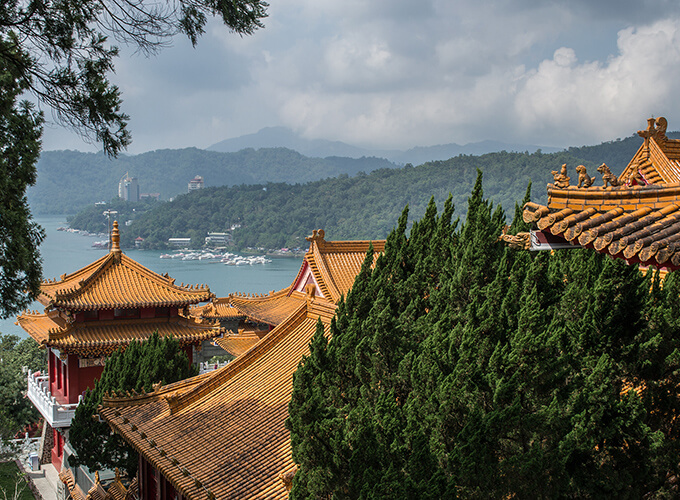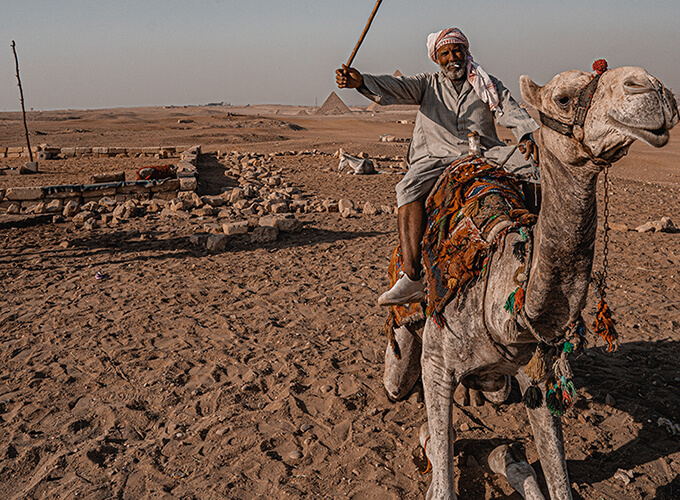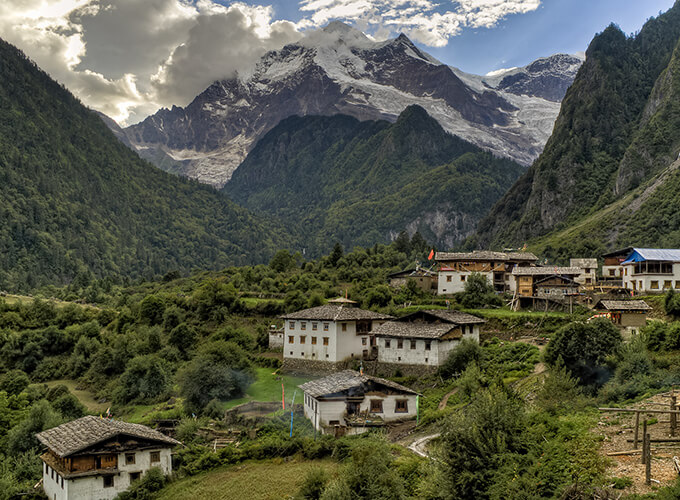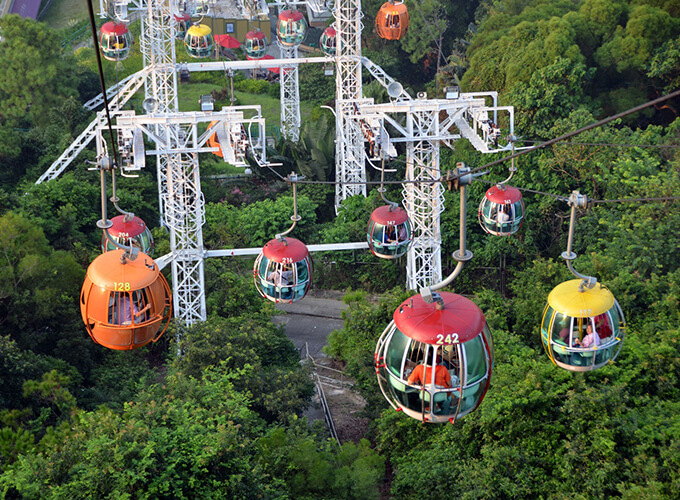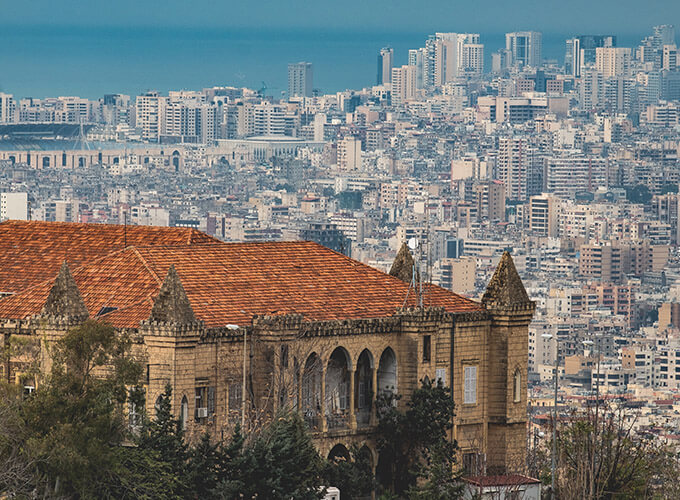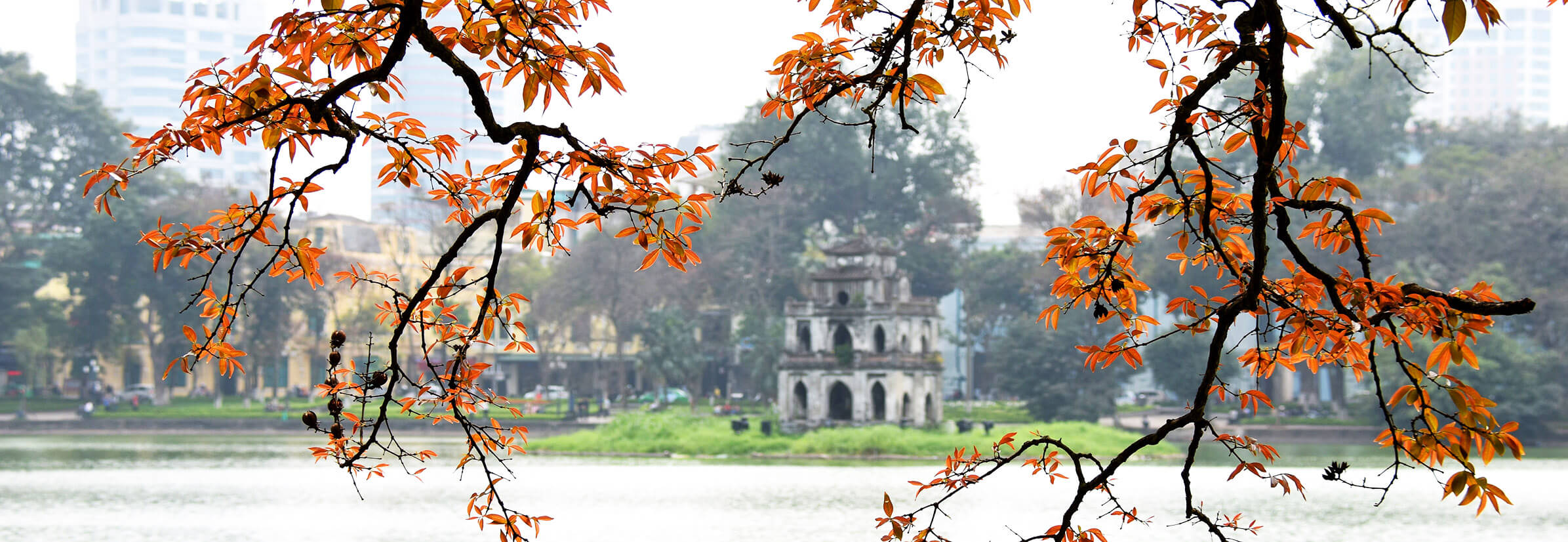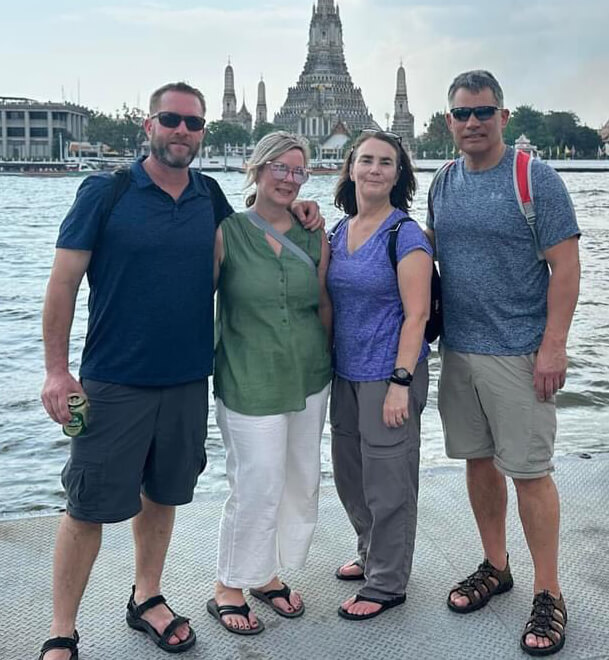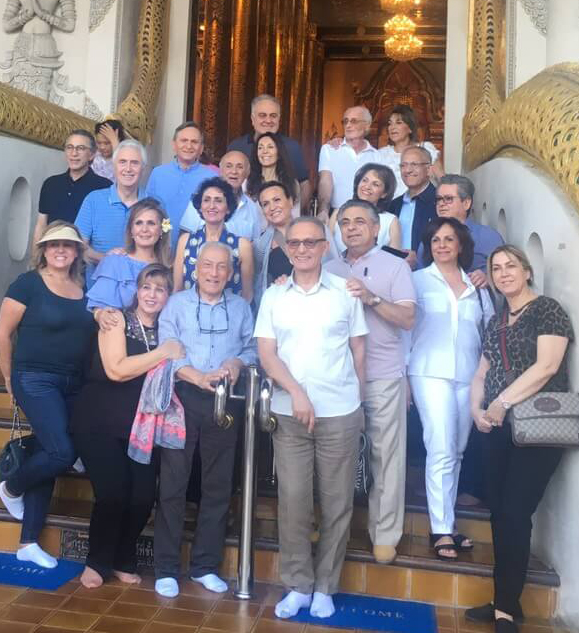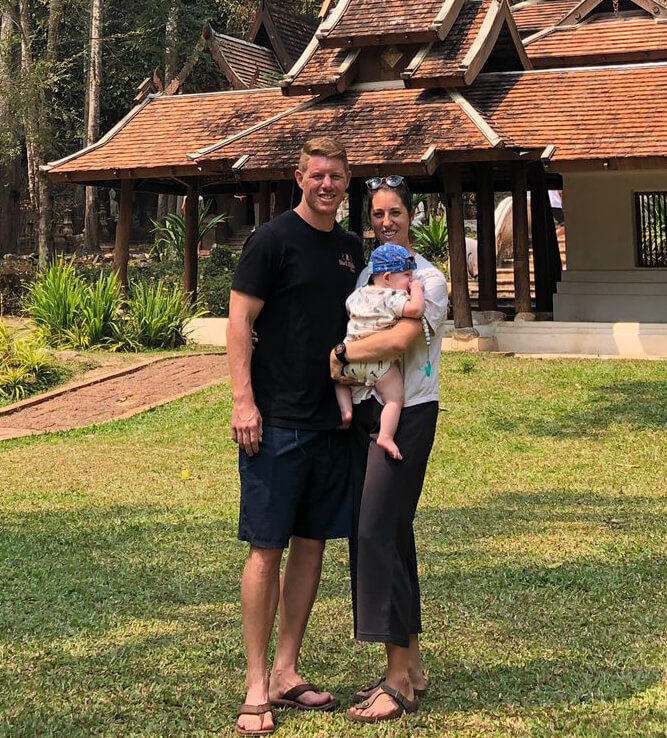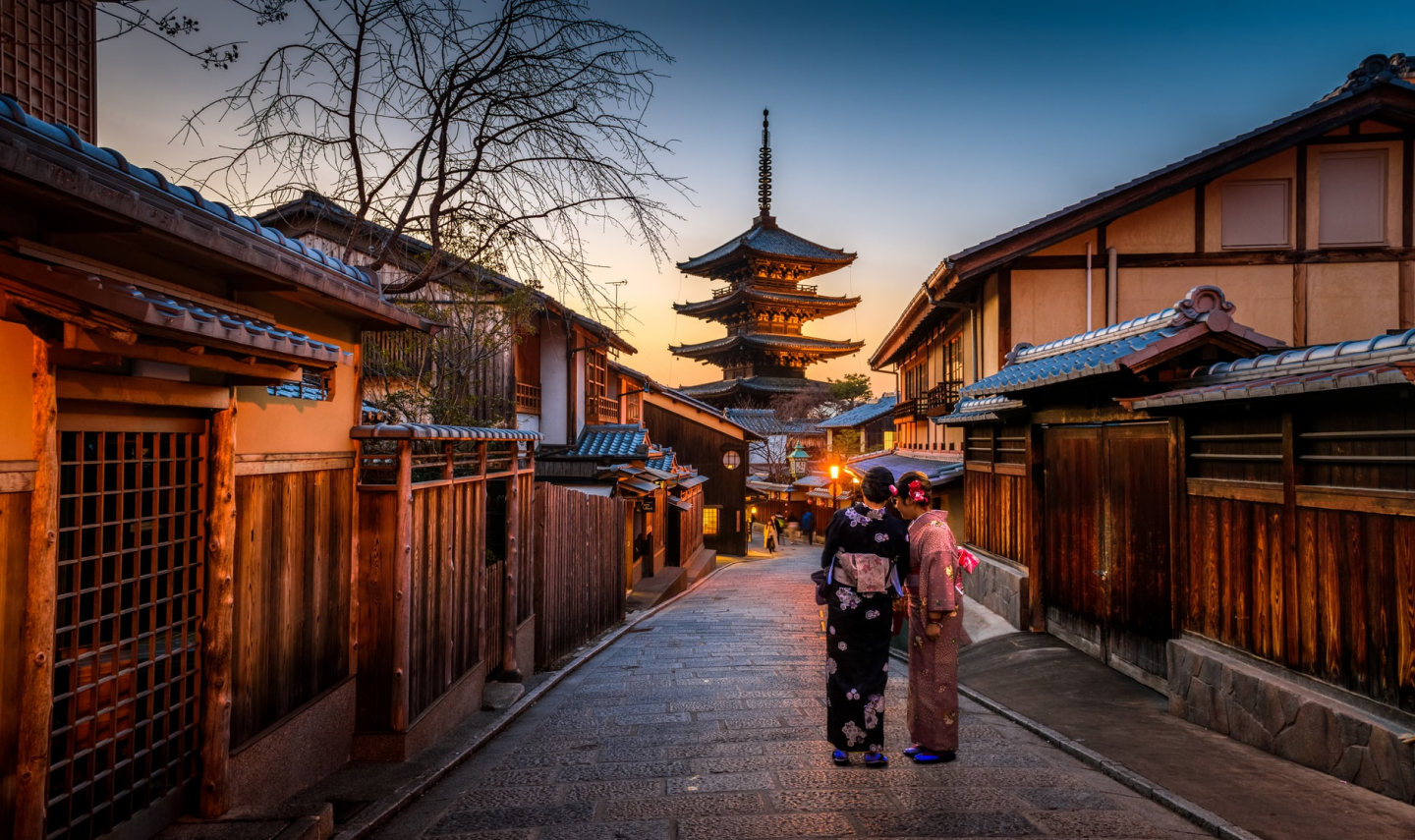Taiwan - Getting to know Sun Moon Lake
Nestled in the central mountains of Taiwan, Sun Moon Lake has fascinated visitors for centuries. Taiwan has relatively few open bodies of water, and Sun Moon Lake’s size and beautiful natural setting continues to pull in the crowds. It is a refreshing change to Taiwan’s scenery in many ways, not least because the elevation of the area (750 metres above sea level) makes it a welcome escape from the humidity and summer sun in the lowlands, with an average temperature 7–8°C below the heat of the coast.
Taiwan Sun Moon Lake Travel Guide
The Thao aboriginal people have lived on the shores of Sun Moon Lake since before historical records began. Their traditions speak of a party of hunters discovering it while chasing a white stag through the thickly forested mountains. The Thao call the lake Zintun, and hold tiny Lalu Island, which floats in the middle of the lake, to be sacred ground, home to ancestral spirits.
In more recent times, the picturesque beauty of Sun Moon Lake proved a great draw for Taiwan’s first president, Generalissimo Chiang Kai-Shek, who ruled Taiwan from 1949, when he fled from mainland China following his defeat by Mao Zedong’s Communist forces, until his death in 1975.
Although his government was based in Taipei, he spent most of his time at Sun Moon Lake, escaping the heat of the city, entertaining heads of states and plotting to take back China. His summer retreat was mostly destroyed in the earthquake of 1999 – only one building remains and it’s now home to the magnificent Lalu Hotel, which sits directly on the lake shores and boasts stunning views.
What to do at Sun Moon Lake
The lake sits in the heart of the 90 sq km Sun Moon Lake National Scenic Area, and its surrounding countryside of high forested mountains is prime hiking territory. There's a wealth of trails that provide different views of the lake and chances to encounter the varied flora and fauna of the region. For a comfortable 2km walk, we recommend the Maolanshan trail, or follow the more challenging Shueisheshan trail to the highest peak in the area. There are also plenty of tea plantations to visit and teahouses in which to sample the local produce. For an insight into the production of tea, make a stop at the Antique Assam Tea Farm.
For spectacular elevated views of the lake, take the cable car from the edge of the lake into the nearby hills. It’s a seven minute ride from which you can truly appreciate the splendour and scale of the scenery, and snap some unforgettable photos (weather permitting). The journey terminates at the Formosan Aboriginal Cultural Village, which is essentially a theme park. You may wish to stay on the cable car and just loop back down to the lakeside!
Sun Moon Lake has one of the most beautiful cycling trails in Taiwan, and it is a relatively easy ride, unless you choose to cycle the whole 30km of the trail! Cycling around the lake affords you a chance to discover temples and parks less visited by tourists. If you have limited time, we recommend starting at Shueishe Pier and pedalling towards Xiangshan Visitor Centre, which is the most beautiful section. Don’t forget to make a short visit to the Dragon and Phoenix Temple on top of a small hill along the route.
Fancy a dip?
Once a year in September an organised swim takes place on the lake, with participants swimming three kilometres to Lalu Island and back to the lakeshore. This swim is part of the 'modern trifecta' of physical challenges that many young Taiwanese aim to complete – the other two are circumnavigating Taiwan by bicycle (a weeks-long endeavour), and summiting East Asia’s tallest mountain, the 3,952 metre high Yushan.
The lake’s aruzay fish was a favourite dish of former president Chiang Kai-shek.
Getting off the trail in Sun Moon Lake
The journey to Sun Moon Lake from Taipei often passes by Puli, the geographic centre of Taiwan, which was severely damaged in the 921 Earthquake of 1999. Places of interest include the Puli Brewery Factory; the rather unique Arboreal Insect Museum and the Kuanghsing (Guangxing) Paper Factory, which produces handmade paper favoured by Chinese calligraphers. Trek or cycle to the summit of Hutou Mountain with its monument marking Taiwan’s centre-point, and soak up the sweeping views of the island’s Central Mountain Range.
Puli is home to two particularly interesting places of worship. The impressive Chung Tai Chan Monastery is the tallest Buddhist monastery in the world, and contrasts strikingly with its natural green landscape. Designed by renowned Taiwanese architect C.Y. Lee to be a monumental structure, the monastery’s construction began in 1999 and was completed in 2001. The Paper Dome is a temporary church building constructed using paper tubes (yes, really!). It was designed by Shigeru Ban, a Japanese architect who is renowned for his paper tube structures and buildings, to serve as a temporary church for Takatori Catholic Church after the Great Hanshin Earthquake in Kobe, Japan. When the church community planned to build a permanent building, the structure was donated and shipped to Taomi Village in Puli, which had suffered a similarly devastating earthquake.
The 921 Earthquake Museum in Jiji was built on the site of a school that was abandoned after the earthquake in 1999. Taiwan sits on the Pacific Ring of Fire and experiences hundreds of small tremors a year, along with a few larger ones, and the curators of the museum have done an excellent job in documenting the awesome power of one of nature’s most catastrophic forces.
Speak to one of our
Concierge specialists
Start planning your tailor-made trip by contacting one of our Concierge specialists
Map of Sun Moon Lake
Places on the map
-
Sun Moon Lake
-
Fo Guang Shan Monastery




